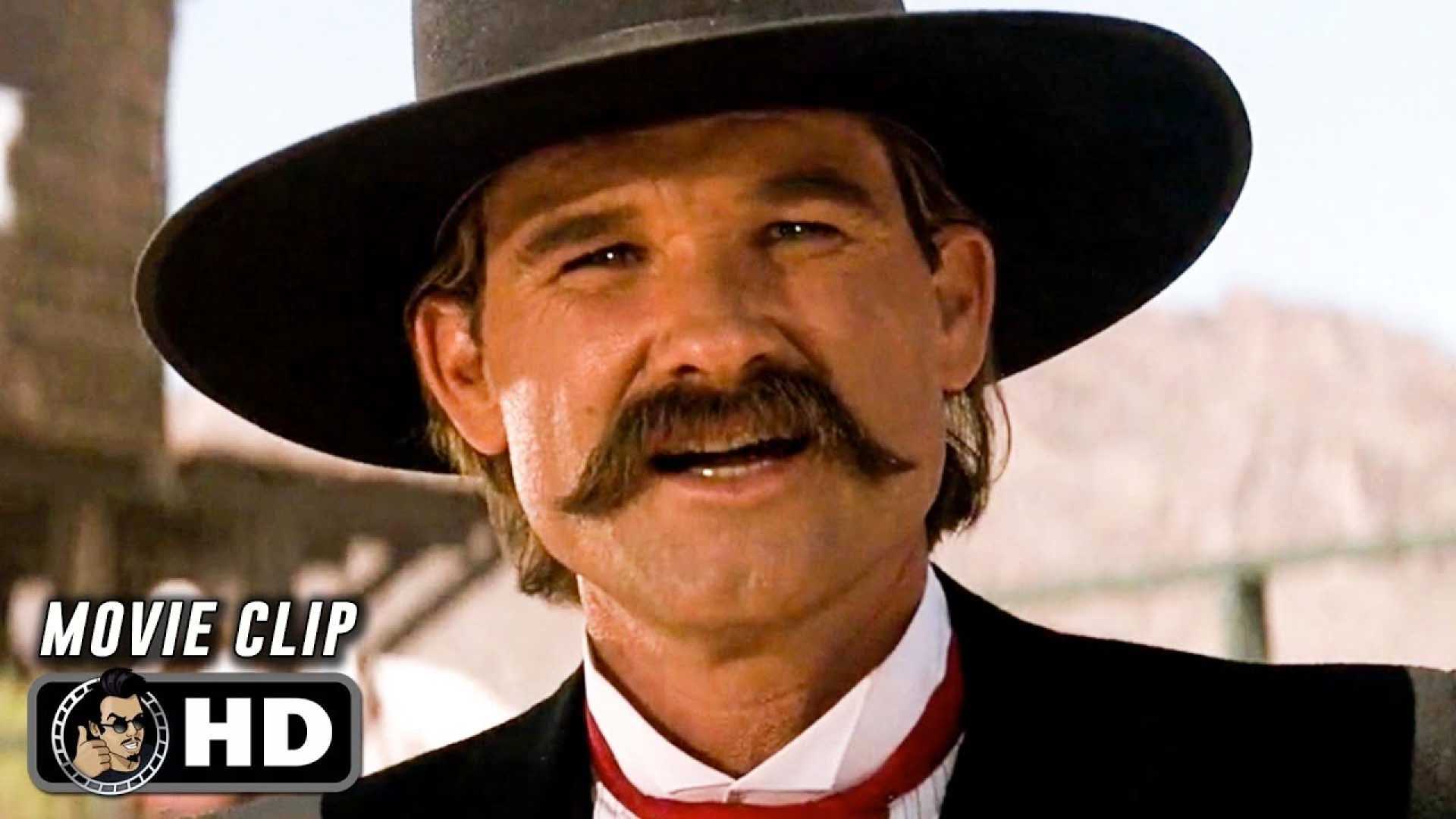Entertainment
Tombstone Revisits the Dark Legacy of Wyatt Earp

TOMBSTONE, Ariz. — In the 1993 film Tombstone, Wyatt Earp is depicted not as a hero, but as a complicated figure grappling with his violent legacy in the Old West. Set against the backdrop of a lawless Arizona, the film intricately explores Earp’s transition from a lawman seeking peace to a reluctant enforcer forced to confront the rising threat of the Cowboys, a marauding gang wreaking havoc on the town.
Beginning with a prophetic warning about death riding a pale horse, Tombstone presents a less romanticized version of Earp, showcasing both his admirable traits and his darker impulses. Throughout the film, Earp’s struggle to build a new life, free from the stresses of law enforcement, comes into stark contrast with his inherent entanglement in violence.
“When Earp steps off the train, he believes he can escape his past,” said film historian Mark Johnson. “But his attempts to reclaim a peaceful life are thwarted by the very nature of the environment he finds himself in.”
As tensions rise in Tombstone, the increasing boldness of the Cowboys leads to violent confrontations that force Earp back into the fray. His reluctance to re-enter law enforcement signifies a deeper self-loathing as he fears that his involvement would only bring more violence and death to those around him.
Following a harrowing scene where a local priest warns of impending doom, Earp’s complicated psyche is further revealed in his interactions with his brothers, Virgil and Morgan, who take on the roles of Marshal and deputy, respectively. Torn between familial loyalty and an overwhelming dread of violence, Earp’s inner conflict unfolds against a backdrop of escalating chaos.
The film’s portrayal of Earp diverges sharply from traditional narratives, marking him as a morally gray figure rather than a bastion of virtue. “Earp is a reflection of the brutal environment that shaped him,” said film critic Jane Doe. “It speaks to the nature of violence and what it takes to survive in a world devoid of law.”
As the lawman reluctantly steps into the role of protector, the film culminates in the dramatic gunfight at the O.K. Corral, where Earp’s violent transformation begins to surface. The aftermath becomes a catalyst for vengeance as the Cowboys’ retributive actions leave Earp’s family in peril, ultimately leading to the death of his brother Morgan.
In one of the film’s defining moments, Earp is left holding Morgan as he dies, blood on his hands serving as a poignant metaphor for his acceptance of fate. “You start to see Earp accepting that there’s a storm coming and he can’t outrun it,” said historian David Smith. “His character arc ultimately connects to the larger themes of destiny and violence.”
When Earp finally takes up the mantle of Marshal, he becomes judge, jury, and executioner. His declaration, “Hell is coming with me,” signifies a shift from reluctant protector to an embodiment of retribution. This departure from his earlier desire for justice showcases a deeper examination of law enforcement ethics in a chaotic landscape.
The film echoes the idea that Earp is not merely a hero, but a complex individual confronting the harsh realities of human nature and societal breakdown. In portraying Earp’s story, Tombstone raises critical questions about morality, law, and the very essence of heroism in a lawless land, effectively merging historical representation with cinematic storytelling.
With a powerful performance by Kurt Russell, the film leaves audiences contemplating the duality of Earp’s character—a flawed man shaped by circumstance whose descent into violence is as much a part of his legacy as his more honorable deeds.
Ultimately, Tombstone invites the viewer to reflect on the nature of justice in a world that often prioritizes survival above all else, reminding us that beneath the mythos of the Old West lies a haunting exploration of the human condition.












